Contents
Working Group Coordination
Henning Krug (HfWU), Didier Vancutsem and Claire Pilgrims (ULB/TELOS)
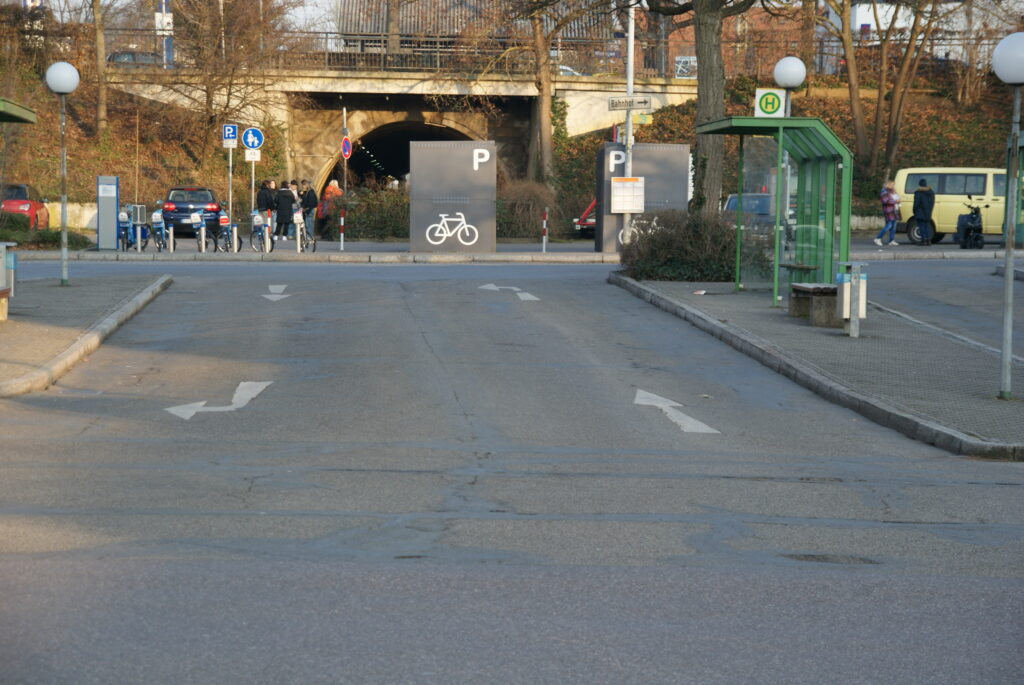
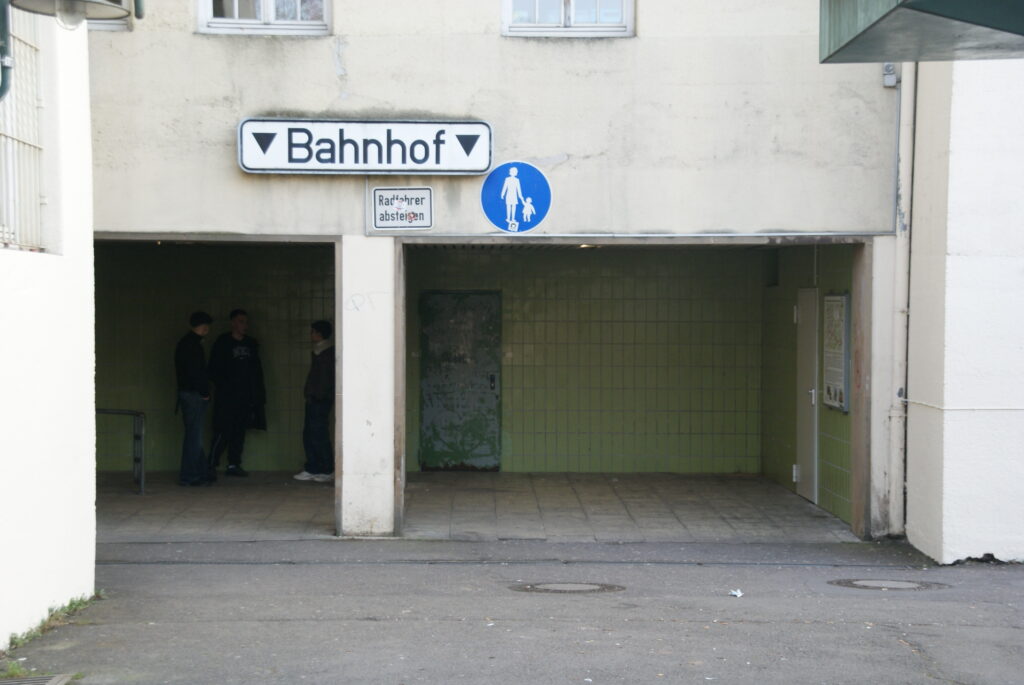
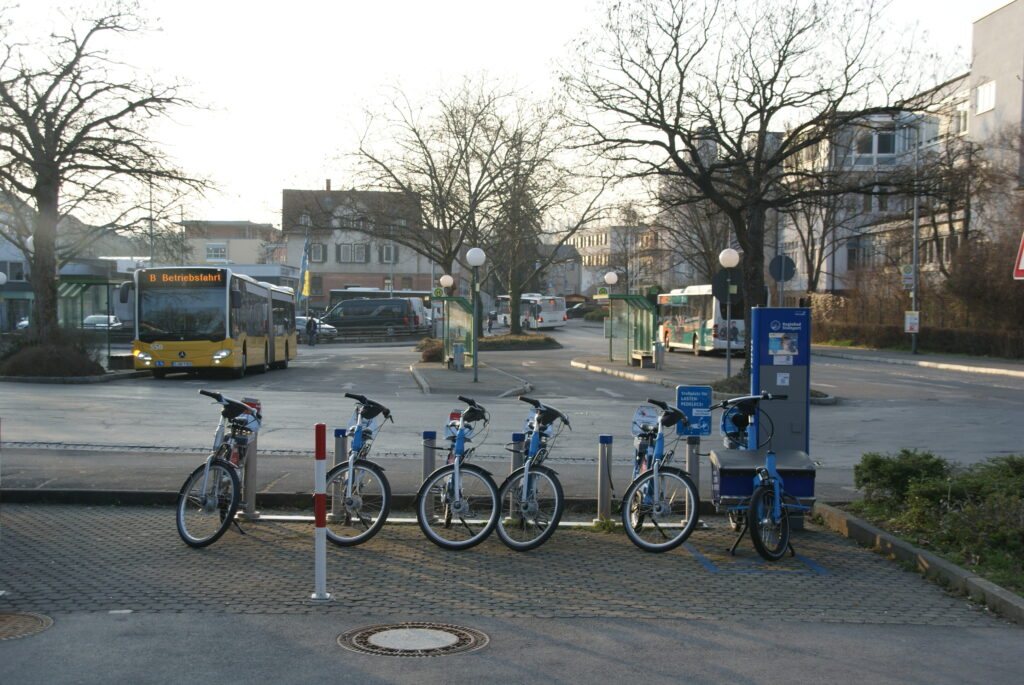
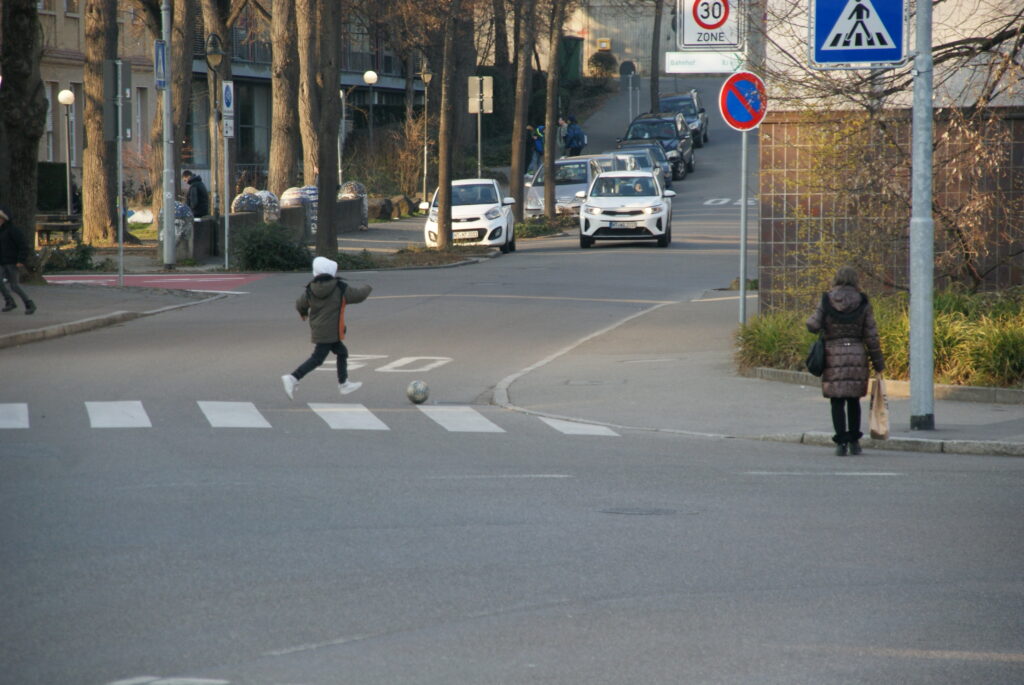
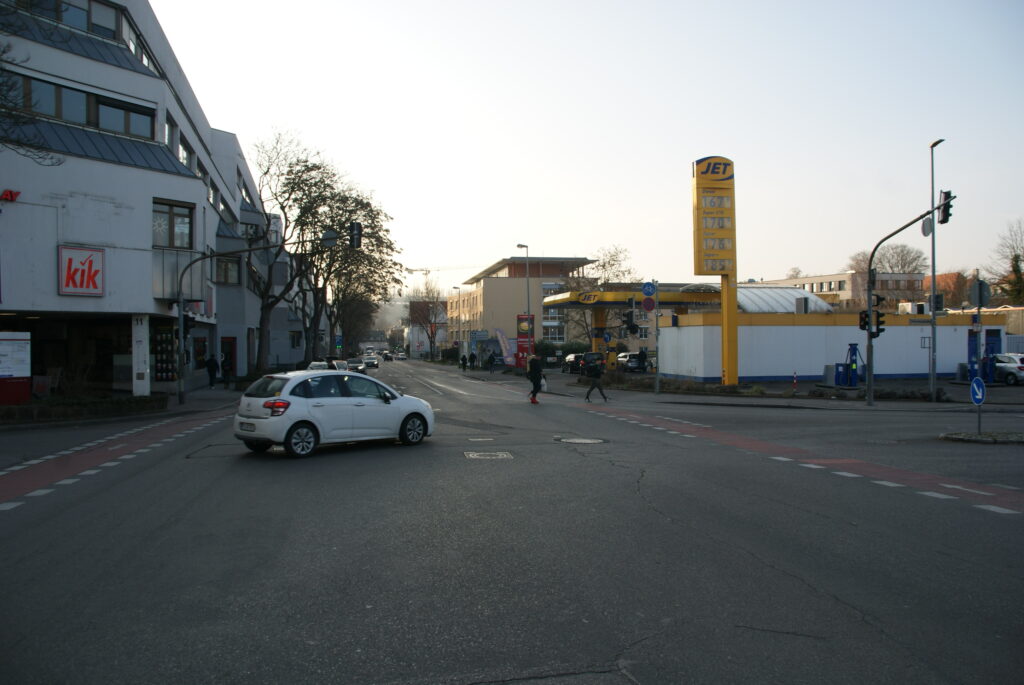
Our focus area is on the mobility hubs in the Tiefenbach Valley, the central train and bus stations of Nürtingen
>>> submit a poster to this topic
Context and objectives
10% of the territory of Stuttgart Region is devoted only to traffic, primarily roads and parking. This has been the consequence of the modernist separation of urban functions superposed on Stuttgart`s polycentric settlement grid in which many small territorial units coexist. Today, the region seems to be trapped in this unsustainable urban pattern that makes it hard for its residents to change their individual mobility behavior. Regional mobility patterns are therefore very much determining the spatial realities at local scale and limit opportunities for change. Further, a regional economy based on car-related industries makes it hard to find common ground for the mobility transition, both politically and socially. On the other hand, space that is today devoted to mobility might become a strategic resource for climate adaptation and mitigation. With those questions in mind, we will take a look at what is going on in Nürtingen around its –potentially – key mobility hub: the area of the main bus and train stations. There is a conceptual link to working group 1 because this area is also part of the Tiefenbach valley.
Scope
We will take the example of the Nürtingen train and bus stations to explore the role of these ´places of mobility` in the context of the mobility transition. Both stations are part of a larger urban redevelopment project, the so-called ‘Bahnstadt Nürtingen’. In this context, the number of residents living very close to the station is expected to rise significantly over the next 10 years. But this is only one of many aspects we would like to reflect by means of an integrated approach. Amongst others, a reflection on the social and cultural role of mobility places will be part of our discussion.
Key questions
- After 70 years without major changes: How must this area be further developed so that it can provide the interface functions necessary for sustainable mobility?
- Who needs to be involved? And how can the various levels and actors of spatially effective planning and politics enter into a constructive dialogue, exchange, and ideally also into a joint design and change process?
- Which additional knowledge do we need in order to better understand peoples’ values and mindsets regarding mobility, which is determining their behavior?
- Are there good practices from which Nürtingen can learn?
- What does this case teach us for the further development of higher education and professional practice?
- Which research questions emerge?
Expected outcomes
- Planning and design ideas for Nürtingen’s mobility hub
- A conceptual process model of how the transformation of these mobility hubs could unfold over the next 20 years
- A small selection of good practice case studies
- Suggestions for innovative educational approaches
- Suggestions for possible research topics / research questions
